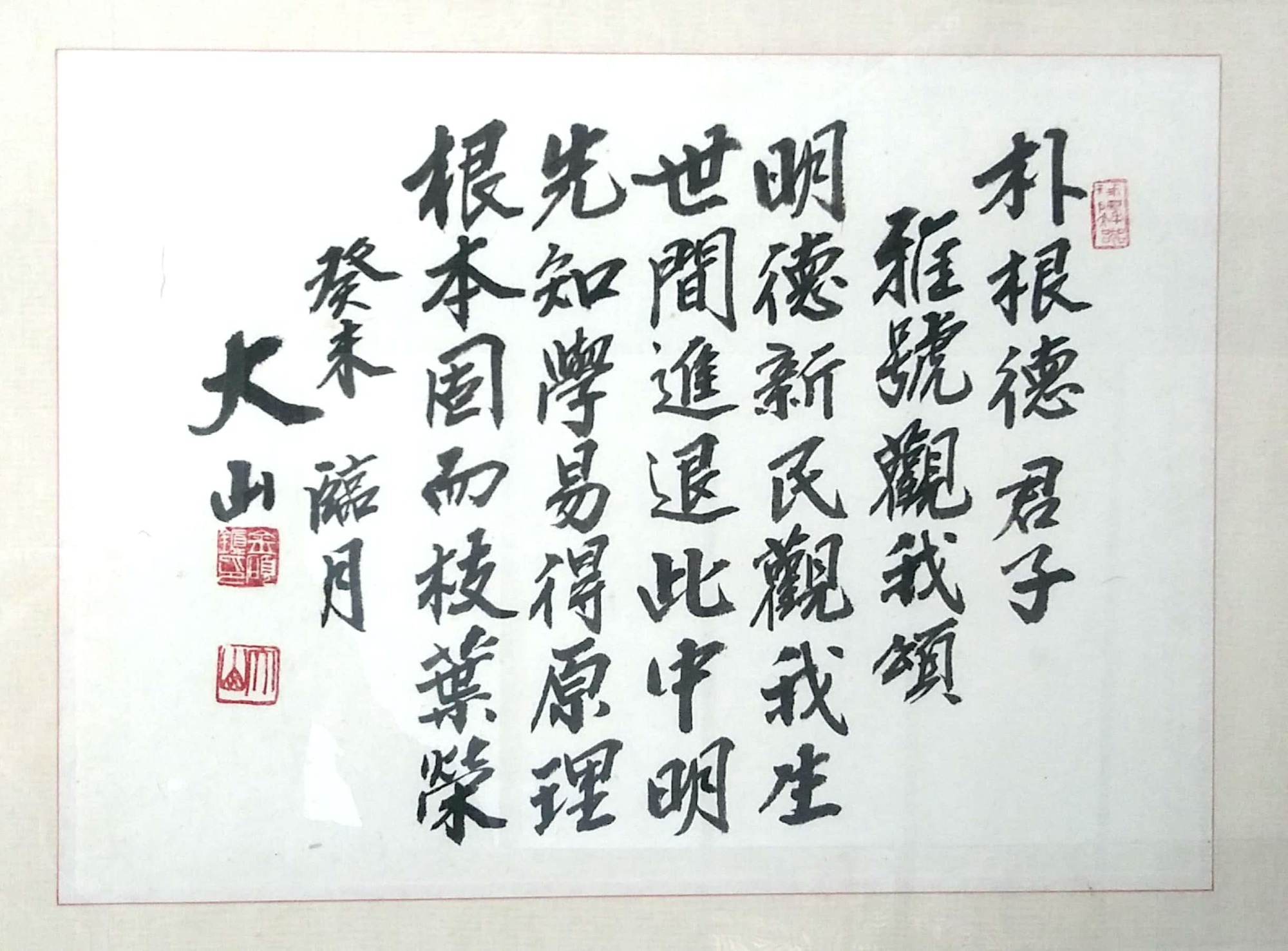Guanah觀我Story
집에 굴러다니는 책 정리하기 022 : So Much Aid, So Little Development Stories from Pakistan 본문
집에 굴러다니는 책 정리하기 022 : So Much Aid, So Little Development Stories from Pakistan
Guanah·Hugo 2023. 7. 29. 08:55
Preface
Acknowledgments
Introduction: Why This Story Needs to Be Told
1. Meeting Lucymemsahib and Starting Our Project
2. The Organization of Our Project
3. The Pakistan Nursing Council: A Dead End
4. The Allama Iqbal Open University's Bureau of University Extensions and Special Programs
5. The Women's Division: A Brief Encounter of the Worst Kind
6. The Population Welfare Division: To Be or Not to Be...
7. Regional Training Institutes and Other Such Things
8. A Day in the Life of a Provincial Health Department
9. The UNICEF and UNDP Workshop and the SindhSAP Proposal
10. The Punjab Proposal and the Firing of the Learned Dr.Sahiba: . . . And That's the Way It Is . . .
11. The Immunization Program in the North-West Frontier Province
12. Bank's World: Witches' Oil and Lizards' Tails
13. Packed, Sealed, and Delivered: Our Project Is Finished?in More Ways Than One
Epilogue: The Beat Goes On...
Index
Pakistan has received more than $20 billion in external development assistance but has made little evident improvement in its social indicators.
So Much Aid, So Little Development offers a fresh explanation for this outcome.
The author, Samia Altaf, a physician and public health specialist, follows one major initiative, the Social Action Program developed by the Pakistani government in 1992 and funded by the World Bank to the tune of hundreds of millions of dollars.
In an engrossing account that reads almost like a novel, at times hilarious, at others heartbreaking, she tells the story of the program’s shortcomings through a series of eyewitness vignettes.
She begins with planning meetings in Islamabad, moves through layer after layer of the Pakistani bureaucracy down to the village health trainee, and then returns to Washington for the evaluation.
At every stage, she finds skewed incentives, misplaced priorities, and inappropriate designs diverting the project from its original intentions and ambitions.
In the process, Altaf introduces into the development conversation the human dimension that most frameworks have neglected to their detriment.
'도서圖書Book Story' 카테고리의 다른 글
| 집에 굴러다니는 책 정리하기 023 : 닉 부이치치의 플라잉 (0) | 2023.08.05 |
|---|---|
| [금주의 서평 639호]각자도사 사회 : 존엄한 죽음을 가로막는 불평등한 삶의 조건을 성찰하다 (0) | 2023.08.02 |
| [금주의 서평 638호]운이란 무엇인가 : 행운과 불운에 관한 오류와 진실 (0) | 2023.07.26 |
| [금주의 서평 637호]초거대 위협 : 앞으로 모든 것을 뒤바꿀 10가지 위기 (0) | 2023.07.20 |
| [금주의 서평 636호]인공지능 창작과 저작권 (0) | 2023.07.13 |





